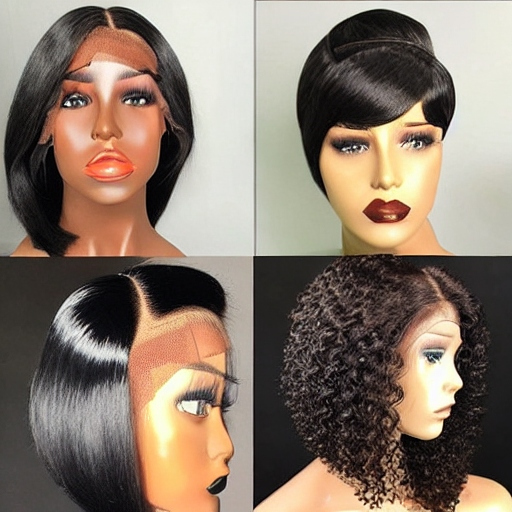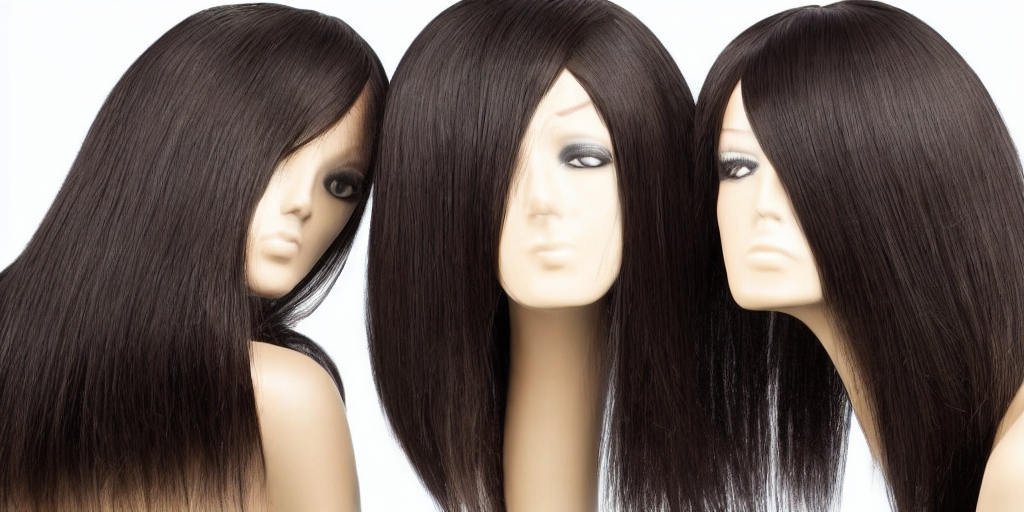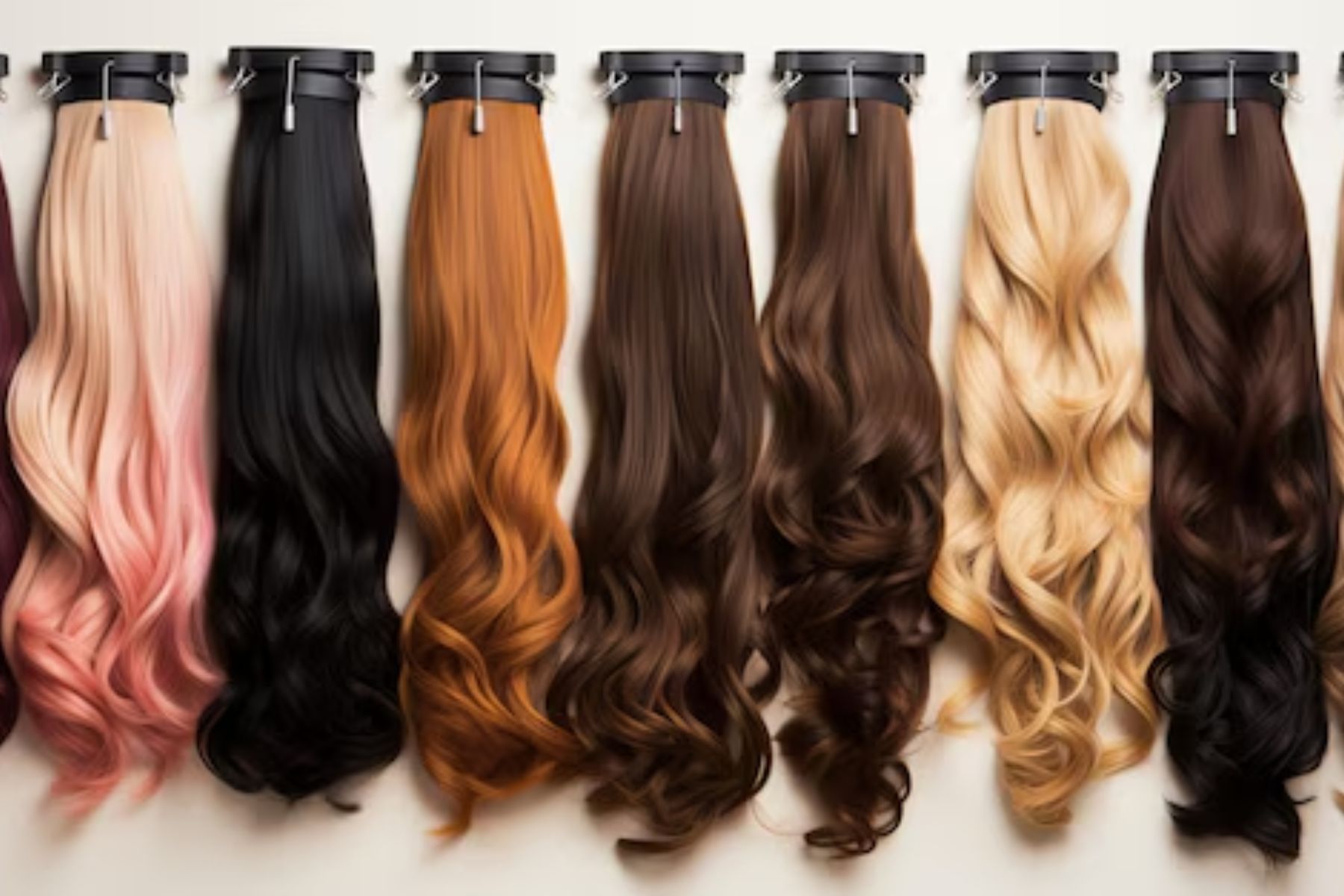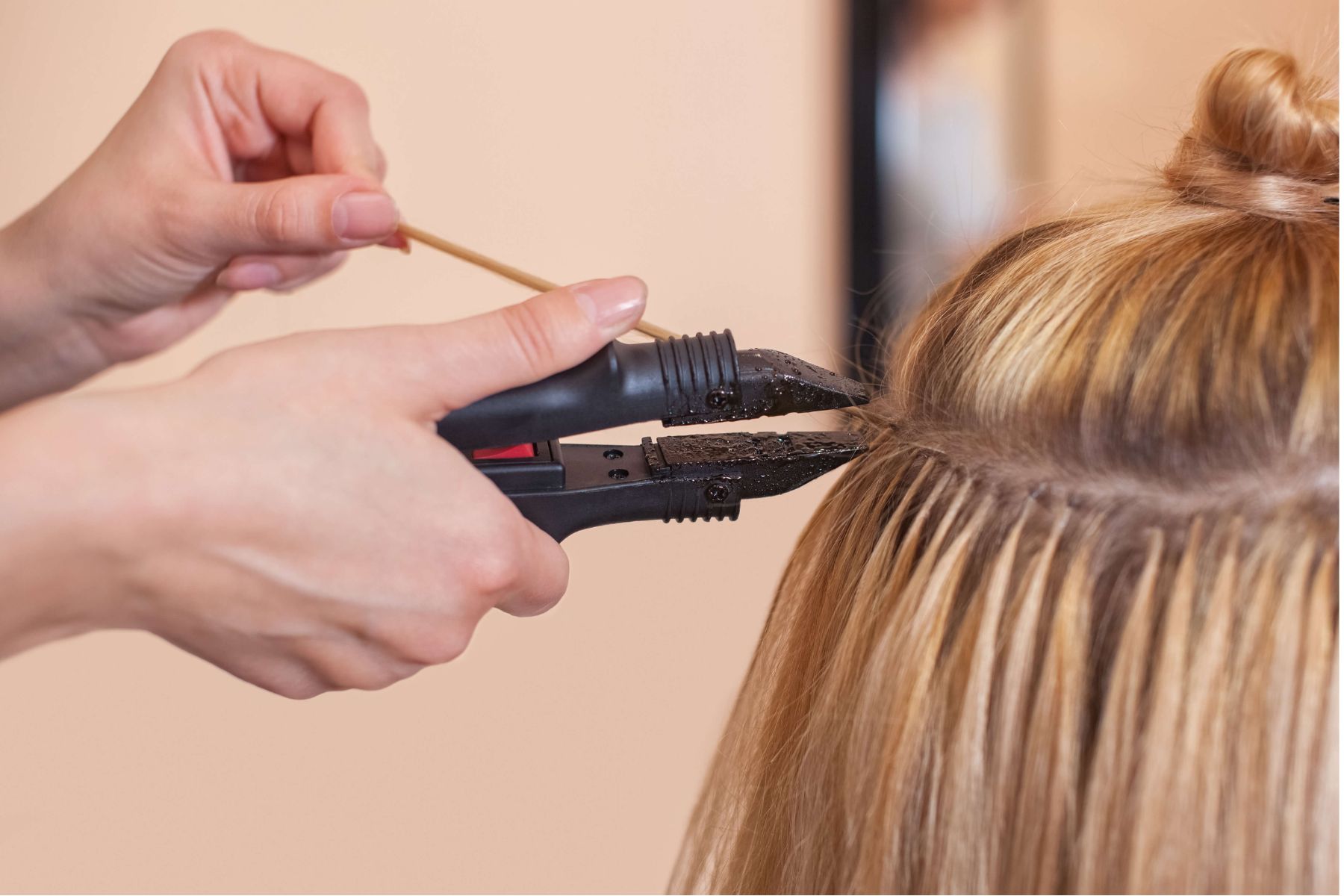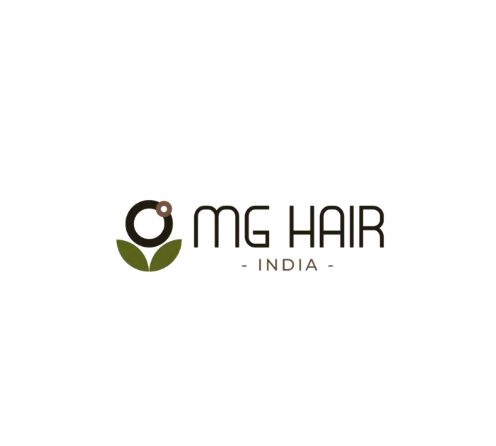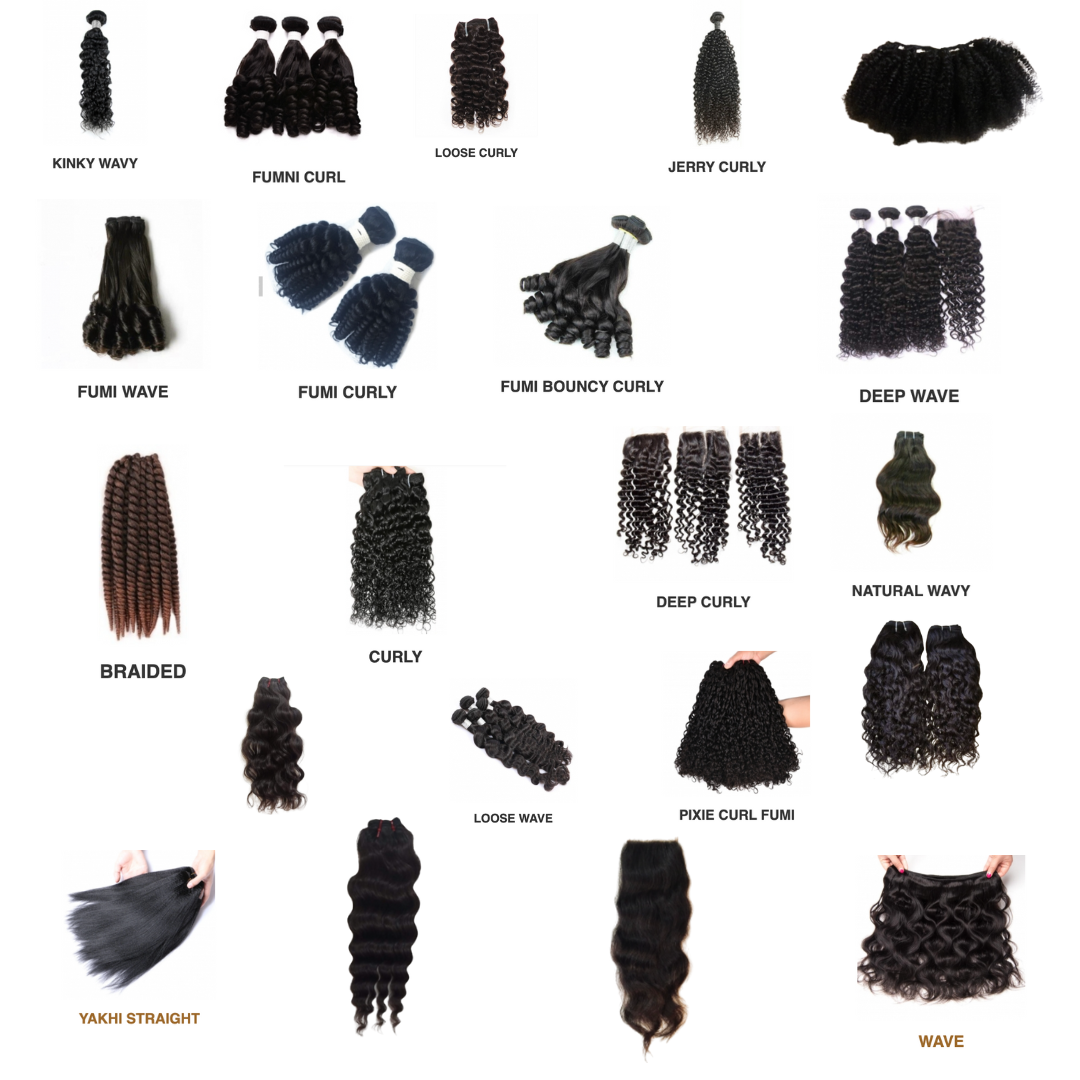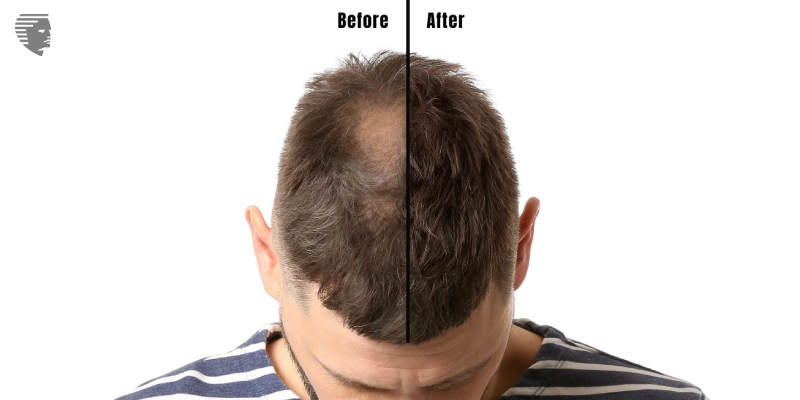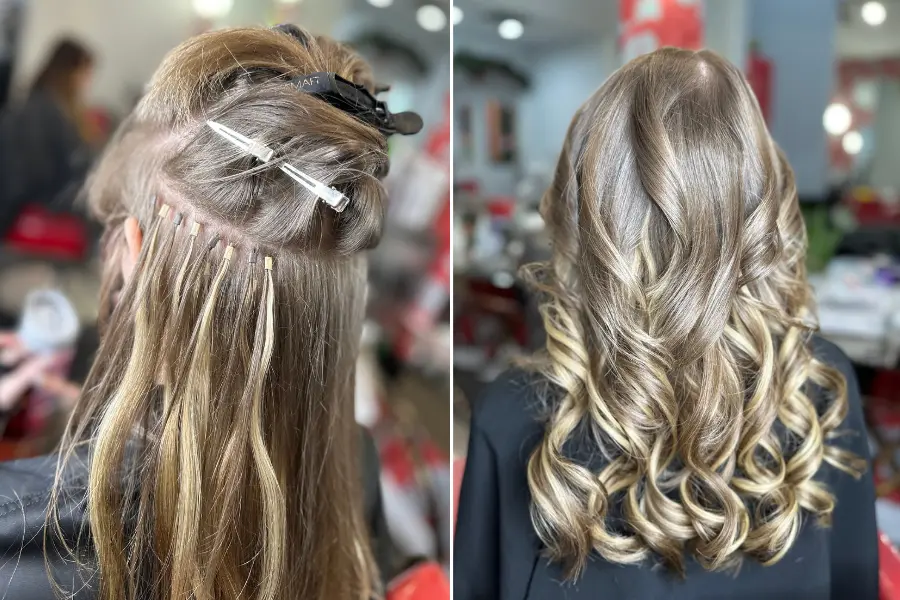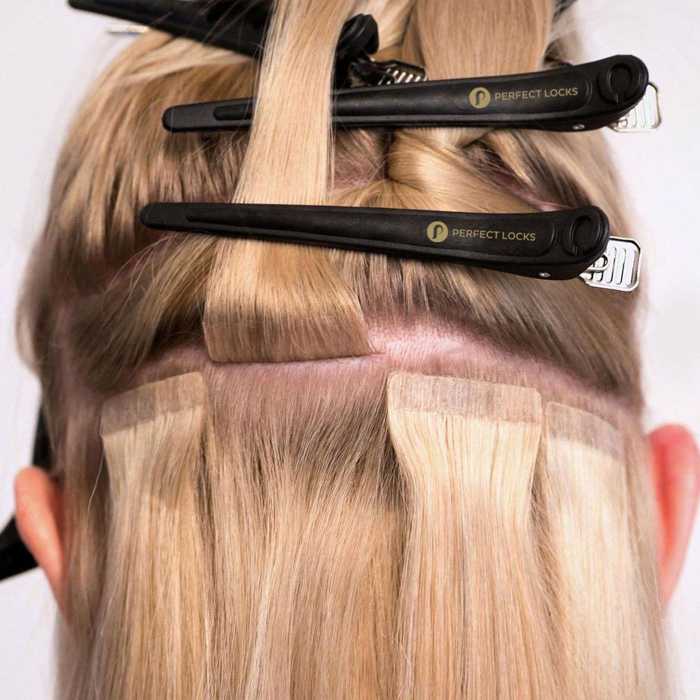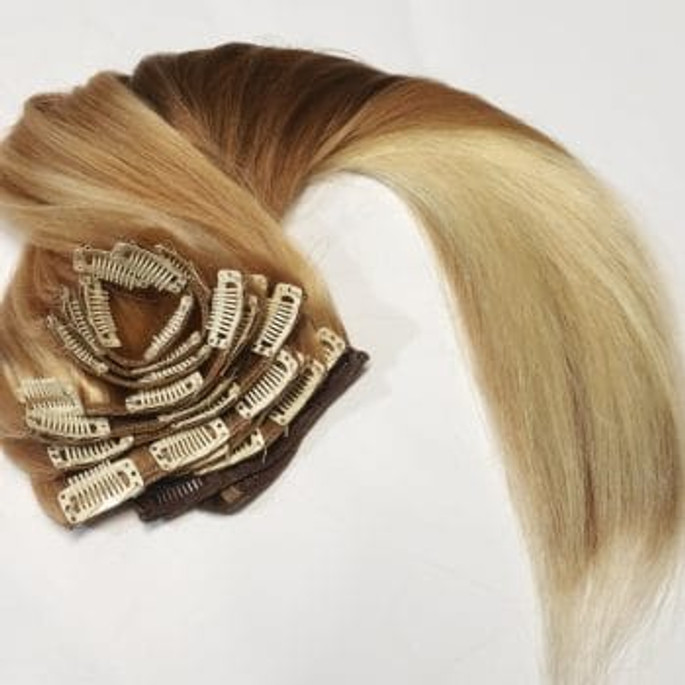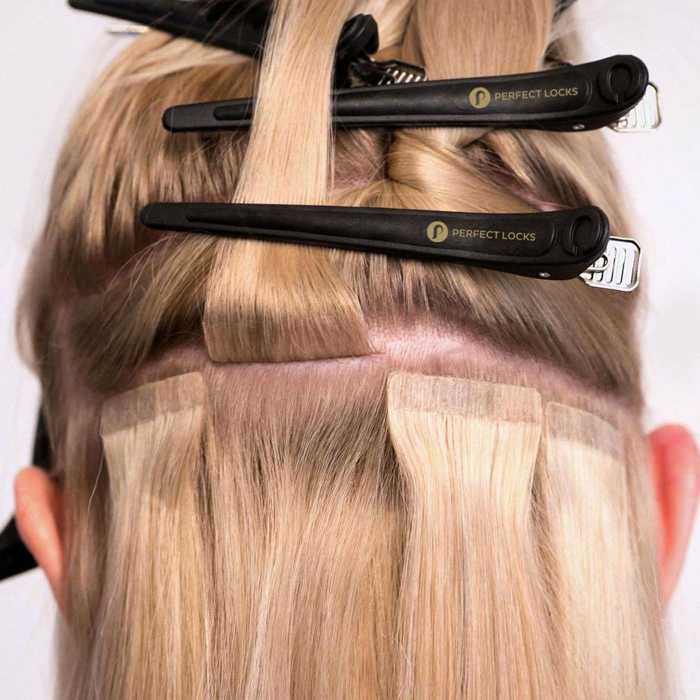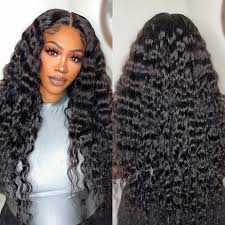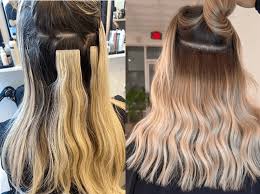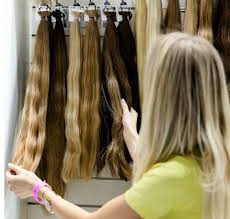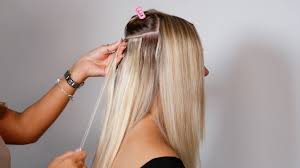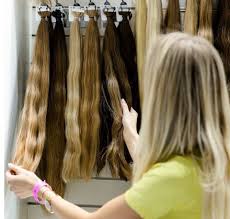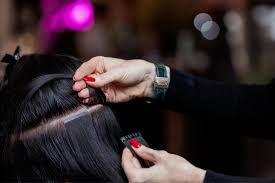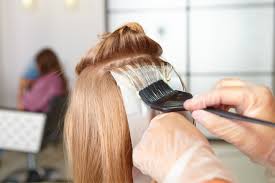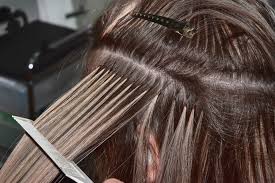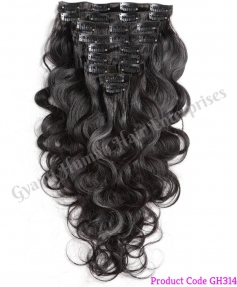Introduction
The human hair market, once a niche industry, has witnessed a meteoric rise in recent years, driven by the growing demand for hair extensions, wigs, and other hair-related products. This surge is fueled by a confluence of factors, including advancements in hair processing technology, changing consumer preferences, and the increasing popularity of hair-based fashion trends. However, the market's dynamics are not immune to the influence of economic factors, which can significantly impact demand, pricing, and supply chain operations.
This blog post will delve into the intricate relationship between economic factors and the human hair market. We will explore how macroeconomic indicators like GDP growth, inflation, unemployment rates, and currency exchange rates can shape the market's trajectory. Additionally, we will examine the impact of microeconomic factors, such as consumer confidence, disposable income, and competitive landscape, on the industry. By understanding these economic influences, wholesalers and suppliers can make informed decisions, mitigate risks, and capitalize on emerging opportunities.
Macroeconomic Factors
-
GDP Growth:
- Demand Stimulation: A robust GDP growth rate often translates into increased consumer spending, leading to higher demand for luxury and beauty products, including human hair. As consumers' disposable income rises, they are more likely to invest in premium hair extensions and wigs.
- Economic Downturn: Conversely, a decline in GDP growth can dampen consumer spending and reduce demand for non-essential items like human hair products. During economic downturns, consumers may prioritize essential goods and services over luxury items.
-
Inflation:
- Pricing Pressure: Rising inflation can put upward pressure on the prices of raw materials, manufacturing costs, and transportation expenses. This can lead to higher wholesale and retail prices for human hair products, potentially affecting consumer demand.
- Purchasing Power Erosion: Inflation can erode consumers' purchasing power, making them more cautious about spending on discretionary items. In such scenarios, consumers may opt for cheaper alternatives or delay their purchases.
-
Unemployment Rates:
- Consumer Confidence: High unemployment rates can lead to lower consumer confidence and reduced spending. When people are uncertain about their job security, they are less likely to invest in luxury items like hair extensions.
- Job Growth: Conversely, a decrease in unemployment rates can boost consumer confidence and increase demand for human hair products. As people feel more secure in their jobs, they are more likely to indulge in personal care and beauty products.
-
Currency Exchange Rates:
- Import and Export Costs: Fluctuations in currency exchange rates can significantly impact the cost of importing and exporting human hair. For example, a weaker domestic currency can make imports more expensive, increasing the cost of raw materials for suppliers.
- Competitive Advantage: Currency exchange rates can also affect a country's competitive advantage in the global human hair market. A stronger domestic currency can make exports more competitive, attracting buyers from other regions.
Microeconomic Factors
-
Consumer Confidence:
- Spending Patterns: Consumer confidence is a key driver of demand in the human hair market. When consumers are optimistic about the economy and their personal finances, they are more likely to spend on discretionary items like hair extensions and wigs.
- Economic Uncertainty: Conversely, low consumer confidence can lead to reduced spending and a decline in demand for human hair products. During times of economic uncertainty, consumers may prioritize essential goods and services over luxury items.
-
Disposable Income:
- Purchasing Power: Disposable income, which is the amount of money available for spending after taxes and essential expenses, directly influences consumers' purchasing power. As disposable income increases, consumers are more likely to invest in premium human hair products.
- Economic Inequality: Income inequality can also impact the human hair market. If there is a significant gap between the rich and poor, the demand for high-end human hair products may be concentrated among the affluent segment of the population.
-
Competitive Landscape:
- Price Competition: A highly competitive market can lead to price wars among suppliers, potentially eroding profit margins. Wholesalers and suppliers need to differentiate their offerings based on quality, variety, and customer service to maintain a competitive edge.
- Market Consolidation: In some cases, market consolidation can occur, leading to fewer players in the market. This can result in higher prices and reduced competition.
Strategies for Wholesalers and Suppliers
- Diversify Product Offerings: To mitigate the impact of economic fluctuations, wholesalers and suppliers can diversify their product offerings to cater to different market segments. This includes offering a variety of hair types, textures, and lengths to meet the diverse needs of consumers.
- Focus on Quality and Customer Service: In a competitive market, providing high-quality products and exceptional customer service can help differentiate your business. Investing in quality control measures and building strong relationships with customers can enhance brand loyalty and increase repeat business.
- Monitor Economic Indicators: Stay informed about macroeconomic and microeconomic factors that can affect the human hair market. Track key indicators like GDP growth, inflation, unemployment rates, and consumer confidence to anticipate changes in demand and pricing.
- Manage Inventory Effectively: To avoid stockouts or excess inventory, it is crucial to have effective inventory management systems in place. Monitor sales trends, anticipate demand fluctuations, and optimize inventory levels to minimize costs and maximize profitability.
- Explore New Markets: Consider expanding your business to new markets or regions to reduce your reliance on a single market. This can help mitigate the impact of economic downturns in a specific region.
- Build Strong Relationships with Suppliers: Establish long-term relationships with reliable suppliers to ensure a consistent supply of high-quality human hair. This can help mitigate supply chain disruptions and reduce costs.
- Invest in Research and Development: Stay ahead of the competition by investing in research and development to develop innovative products and improve manufacturing processes. This can help you differentiate your offerings and attract new customers.
Conclusion
The human hair market, while dynamic and growing, is not immune to the influence of economic factors. By understanding the impact of macroeconomic and microeconomic indicators, wholesalers and suppliers can make informed decisions, mitigate risks, and capitalize on emerging opportunities. By diversifying product offerings, focusing on quality and customer service, monitoring economic trends, managing inventory effectively, exploring new markets, building strong relationships with suppliers, and investing in research and development, businesses can navigate the challenges and complexities of the human hair market.











